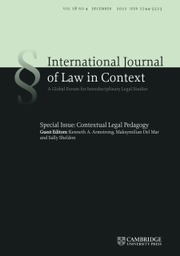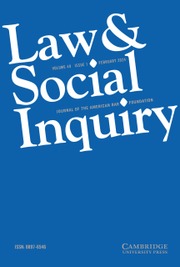The Convention and the Kingdom
How and why did the European Convention turn from a neglected legal tool into one of the most important human rights documents in legal practice? This book argues this remarkable development wasn't merely the result of a top-down movement initiated by the European Court, but of a far more dynamic process in which the national and European spheres engaged in constant co-creation. Focusing on the Netherlands and uncovering little known archival sources, it lays bare how the Convention was received over time throughout the entire Kingdom. In doing so, it incorporates insight into how European human rights were perceived in Europe and beyond. A much more varied story comes to light in which contingency and interaction take centre stage, and which uncovers the choices that continue to shape the character of the Convention as we know it today.
- Uncovers a wealth of new archival material
- Includes the colonial context in the narrative of European human rights
- Places recent debates on human rights in a much longer historical timeframe
Product details
September 2025Hardback
9781009676816
380 pages
244 × 170 mm
Not yet published - available from September 2025
Table of Contents
- Introduction
- 1. 1945–1954 Constructing the moral basis for European integration
- 2. 1954–1962 The open beginning of the Convention
- 3. 1962–1968 From European rights to human rights
- 4:
- 1968–1979 European human rights in the age of activism
- 5. 1979–1989 The defining decade: How the Convention became 'mainstream'
- 6. 1989–2022 From permissive consensus to persistent critique.









